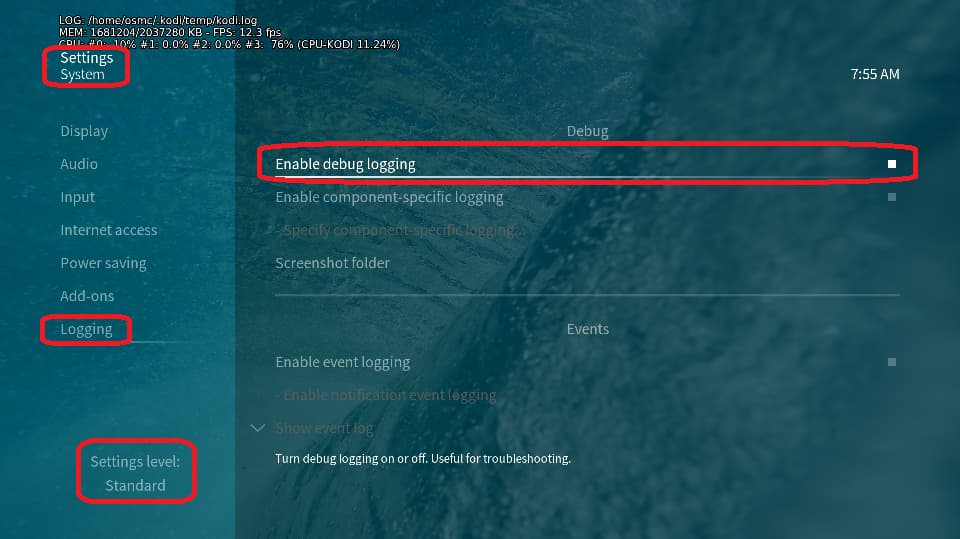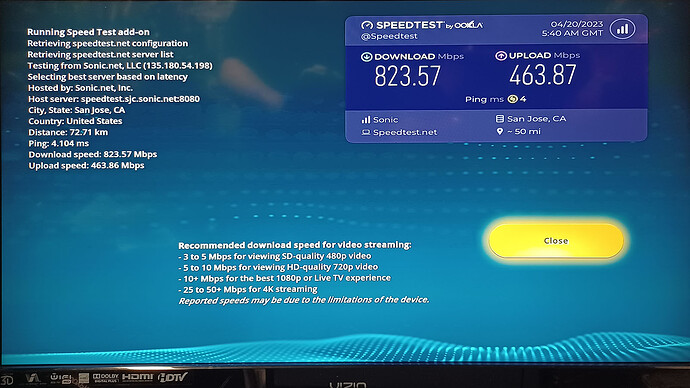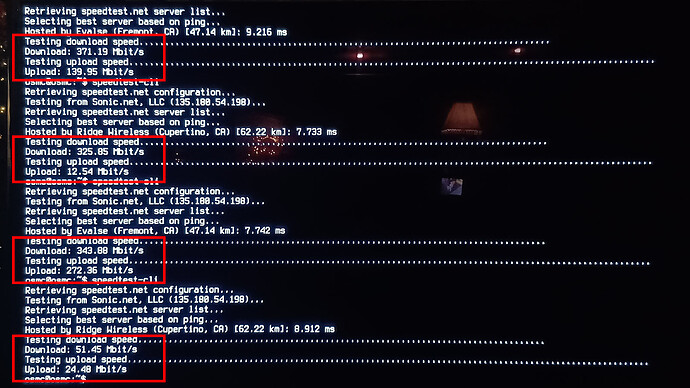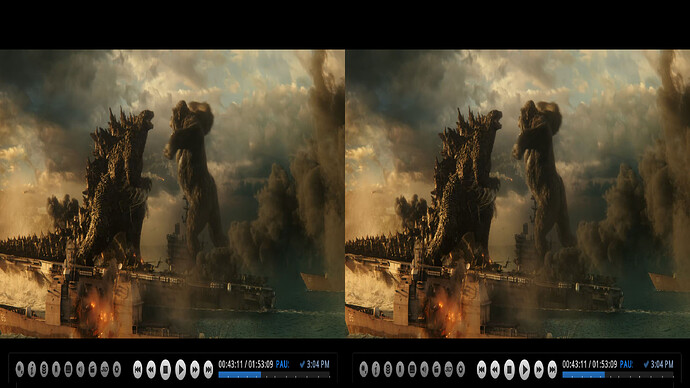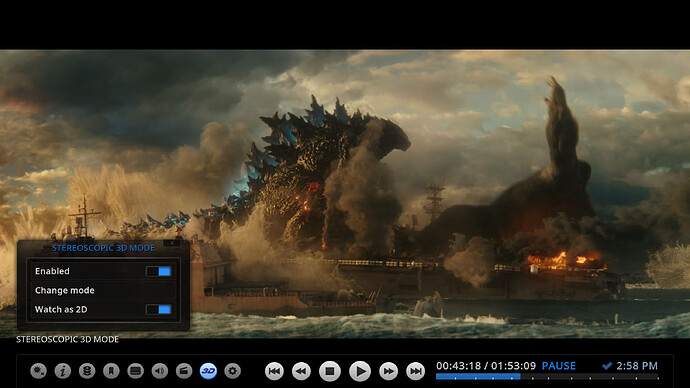I just got my Vero 4K+ a few days ago, and used it to replace an existing Elec Computer Le Potato running CoreELEC version 9.2.6.
That machine had recently replaced an Intel NUC 8 running Win 10 w/KODI 20 Nexus.
The reason for the chnage is the ability to play 3D MVC movies. Prior to this I also uses a Fire Cube Gen2. All these units could play 3D HSBS or HOU files, but I had to use the LG TV’s remote to manually switch the 3D mode. Whne I installed the Libre Computer, it could send the correct signal to the TV to enable 3D mode automatically, which is amuch more elegant and convenient solution.
But none of these units could play full resolution MVC movies, although a another Intel NUC (6th Gen) worked fine with a different TV.
So, Enter the Vero 4K+. This is supposed to be THE ONE when it comes to playing 3D formats. And it does, it plays MVC files, it also plays regular split screen 3D movies, play 4K as well as HDR, but… not without problems.
Below are the problems I have, which I didn’t have with the other units.
- Scraping is very slow, and sometimes it hangs indefinitely, requiring a reboot to get it out of that state.
- Scanning for new content, even if there just a few movies added, takes a very long time as well
- 4K 3D HSBS only play as 2D. The GUI recognizes the 3D file, but it disables the 3D mode and forces 2D mode playback.
- Selecting any share or playlist takes about 20 seconds before it shows the movies
Question: can the library be put on a MicroSD? Right now, I’ve only scraped my Movies, Anime, and TV shows, and I’m down to 5.5GB of free space. I have in excess of 5000 Audio Books and music albums, and I’m afraid that will eat up all the remaining space. Simply put, 16GB of emmc for the OS, KODI, and the scraped libraries may not be enough. How can I move the user folder to the SD card?
FWIW, all my media is on a QNAP NAS, shared using SMB. The Vero is connected via GBit Ethernet, and my internet connection is symetrical Gbit.
